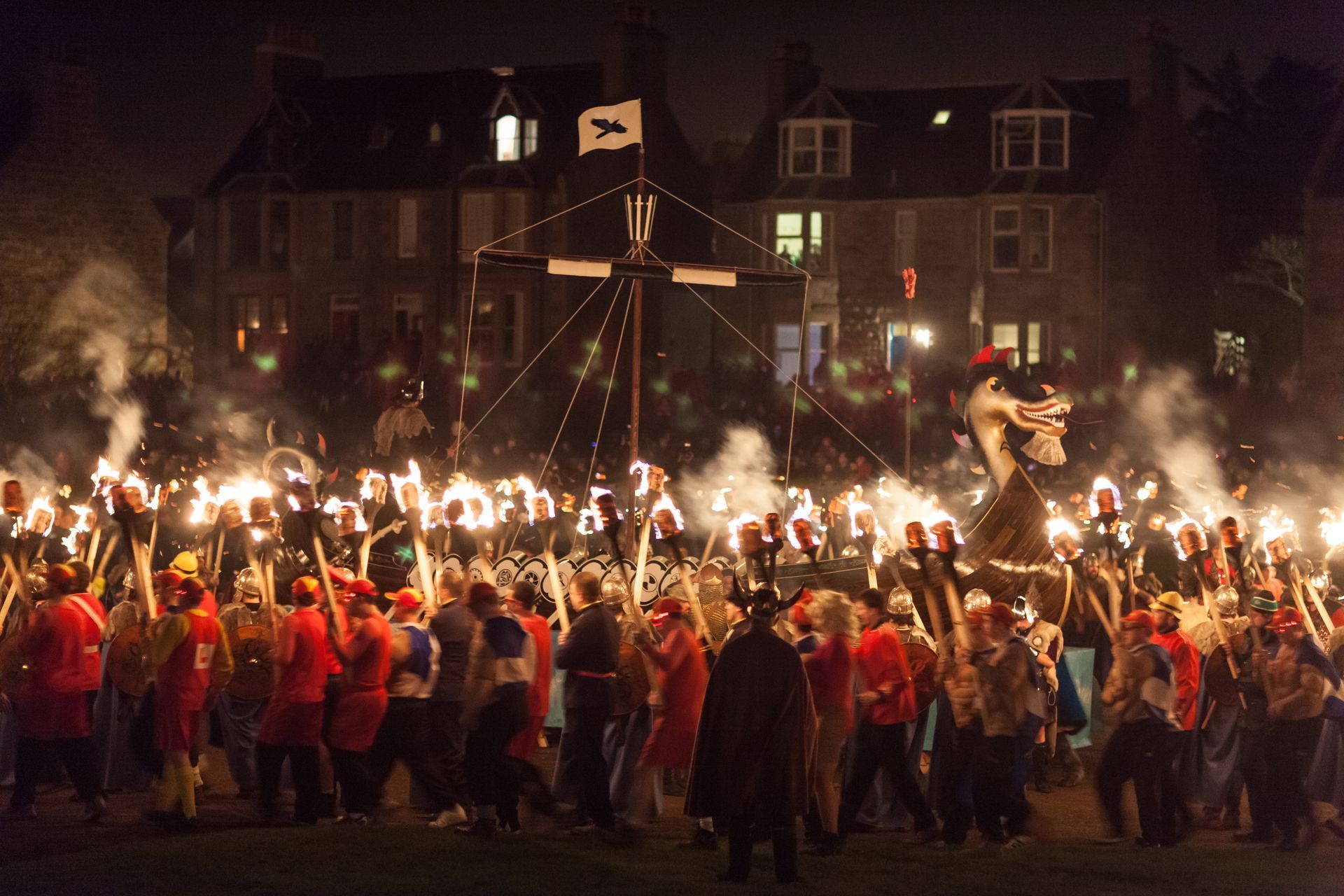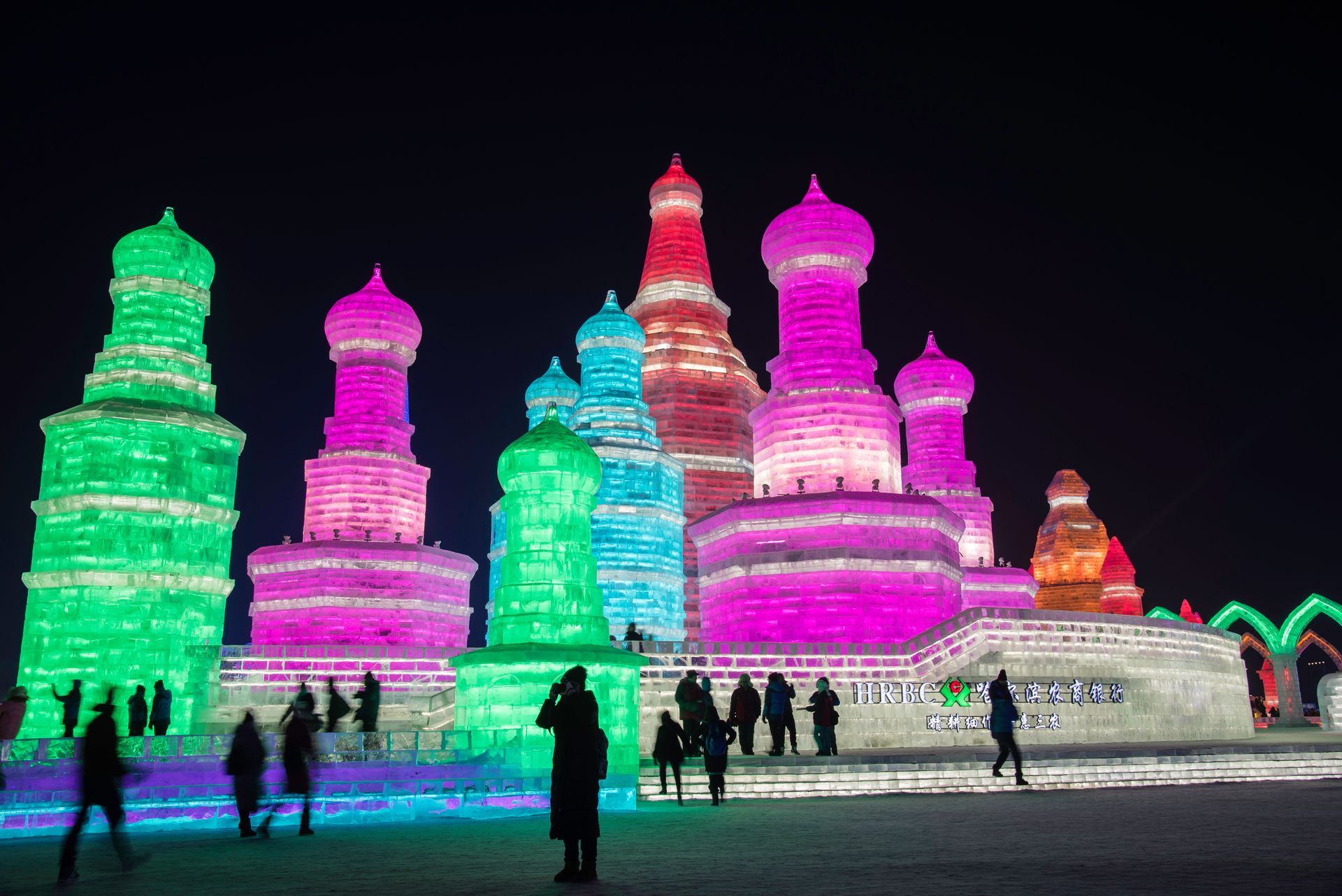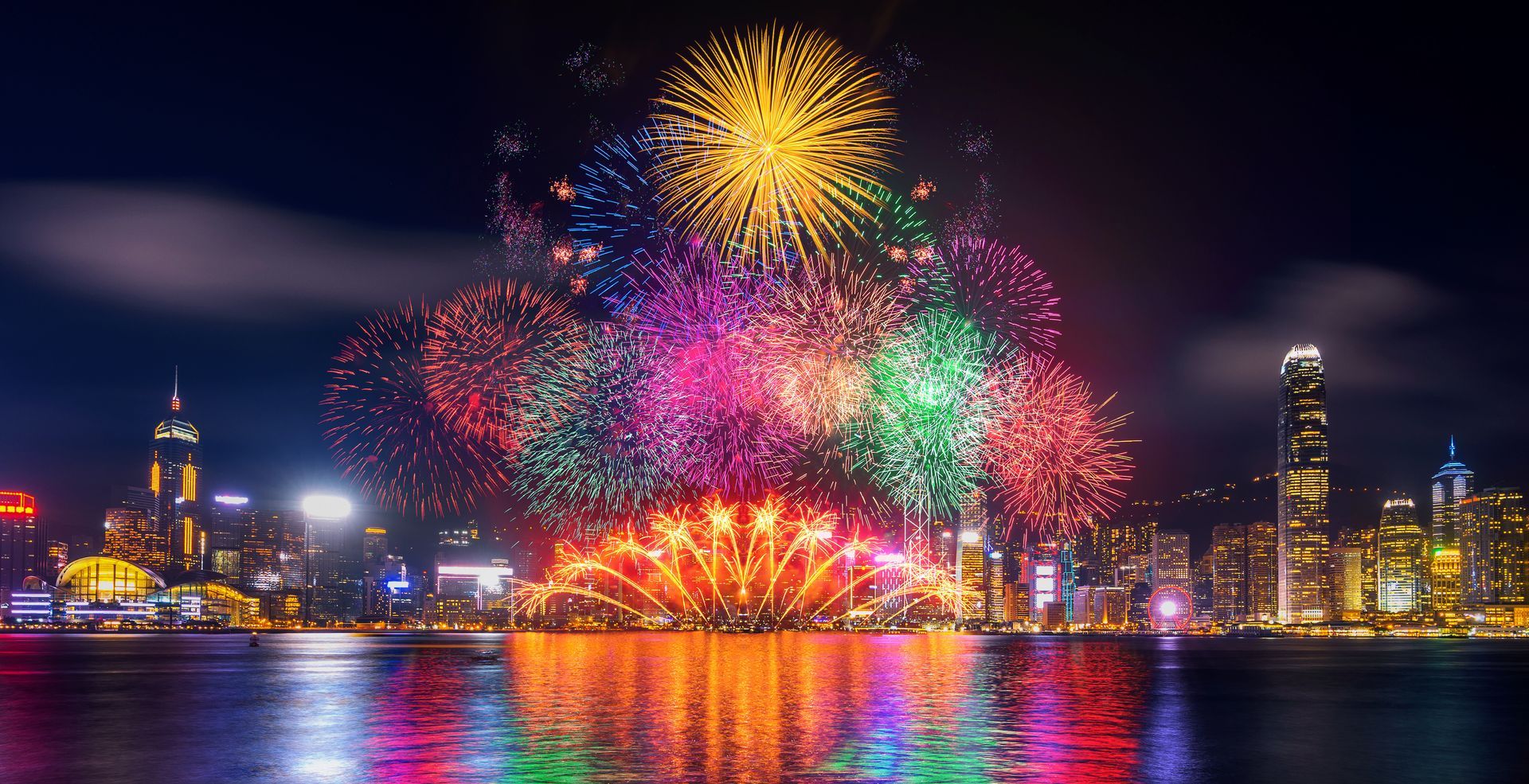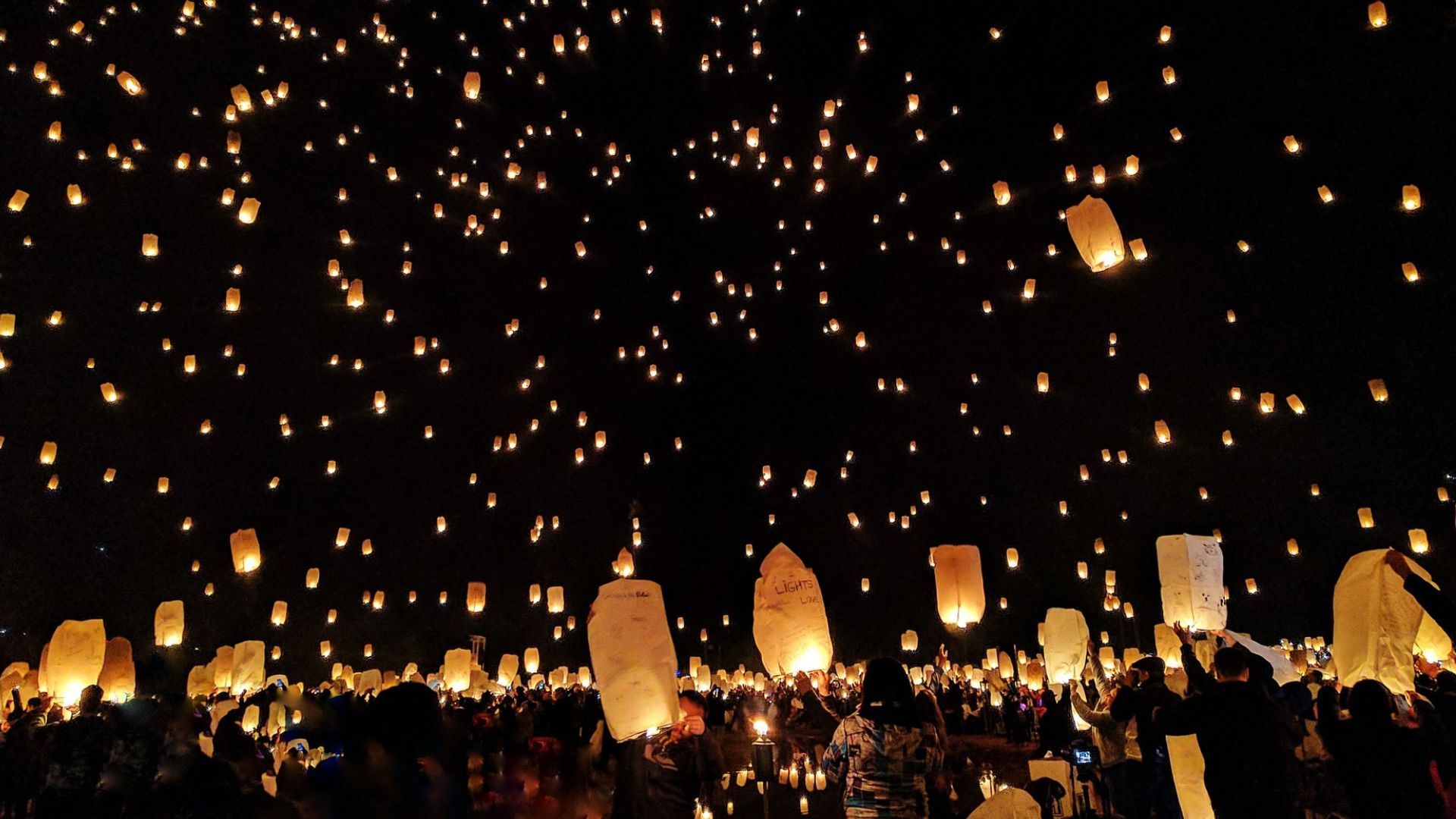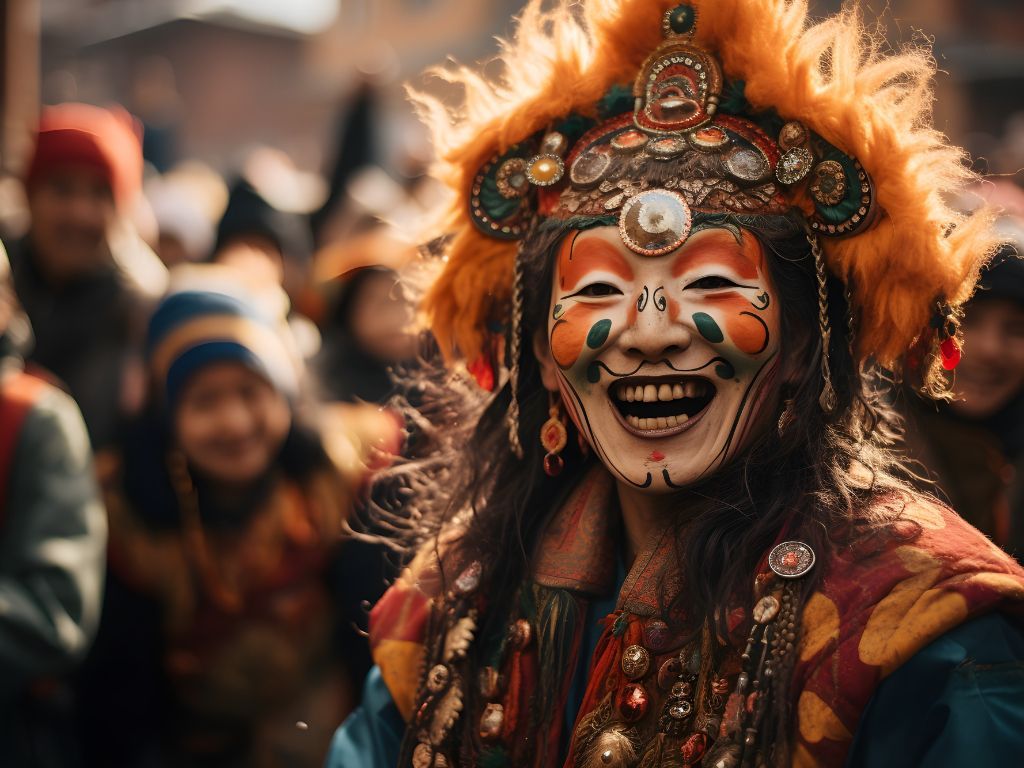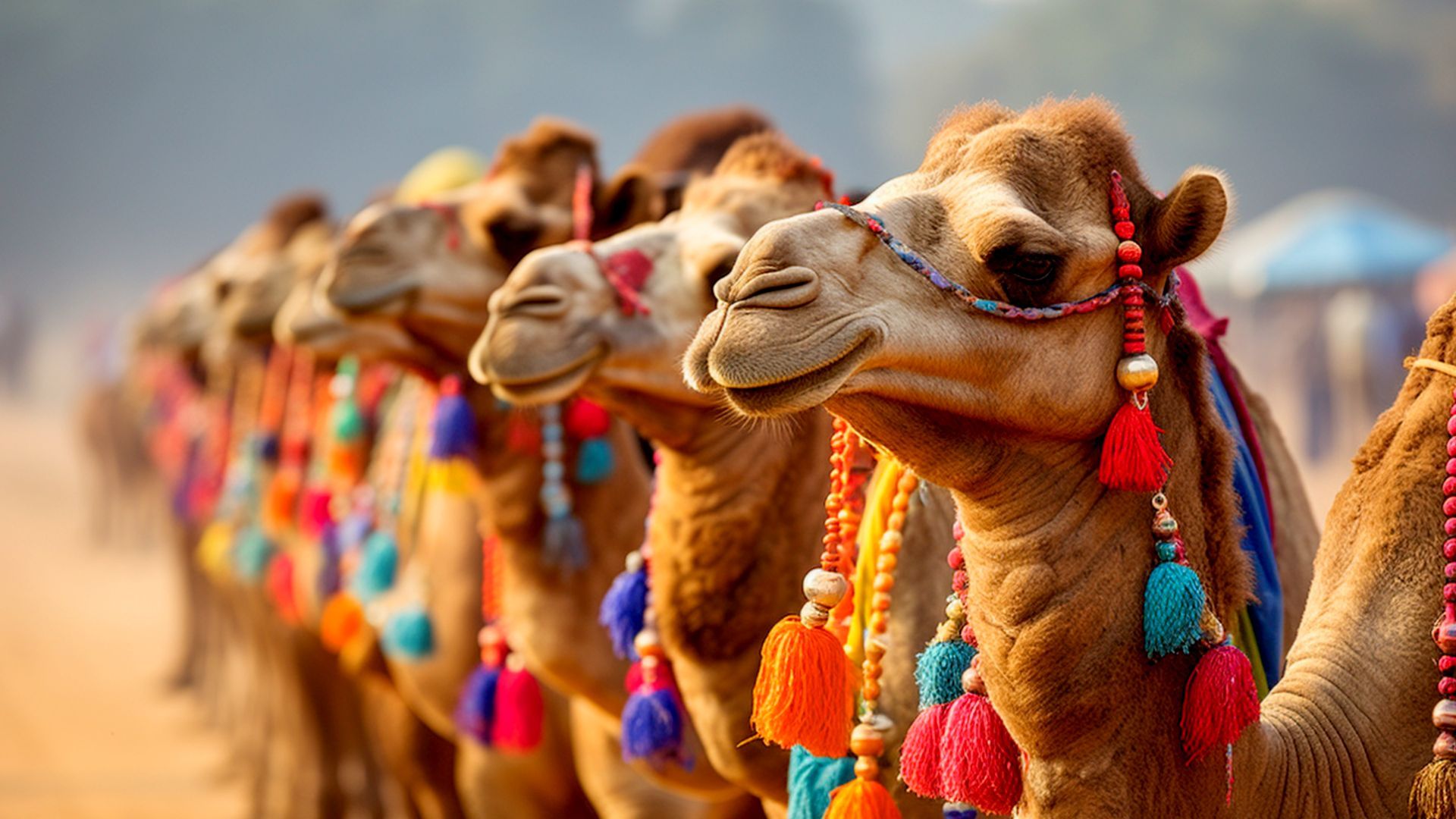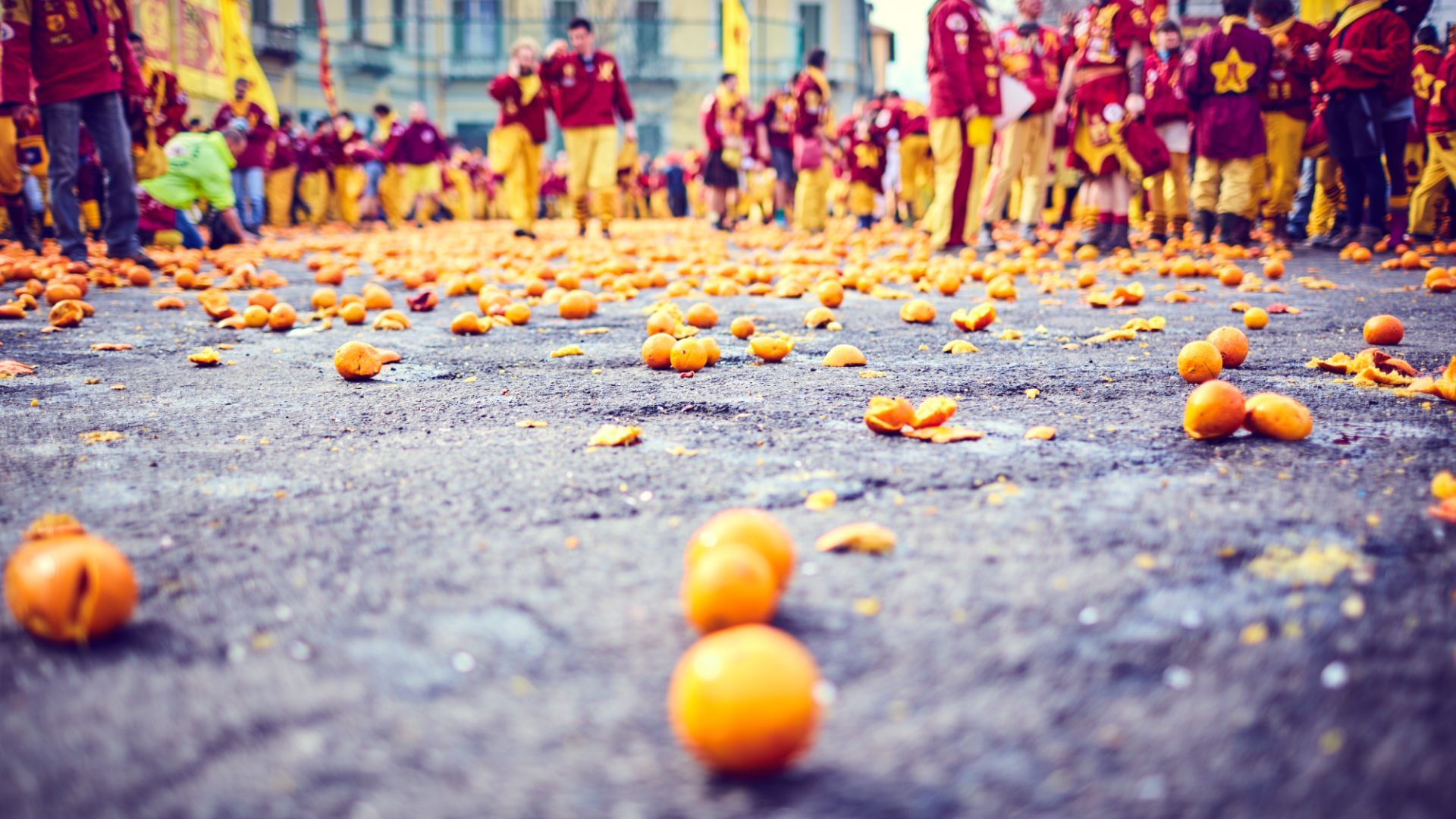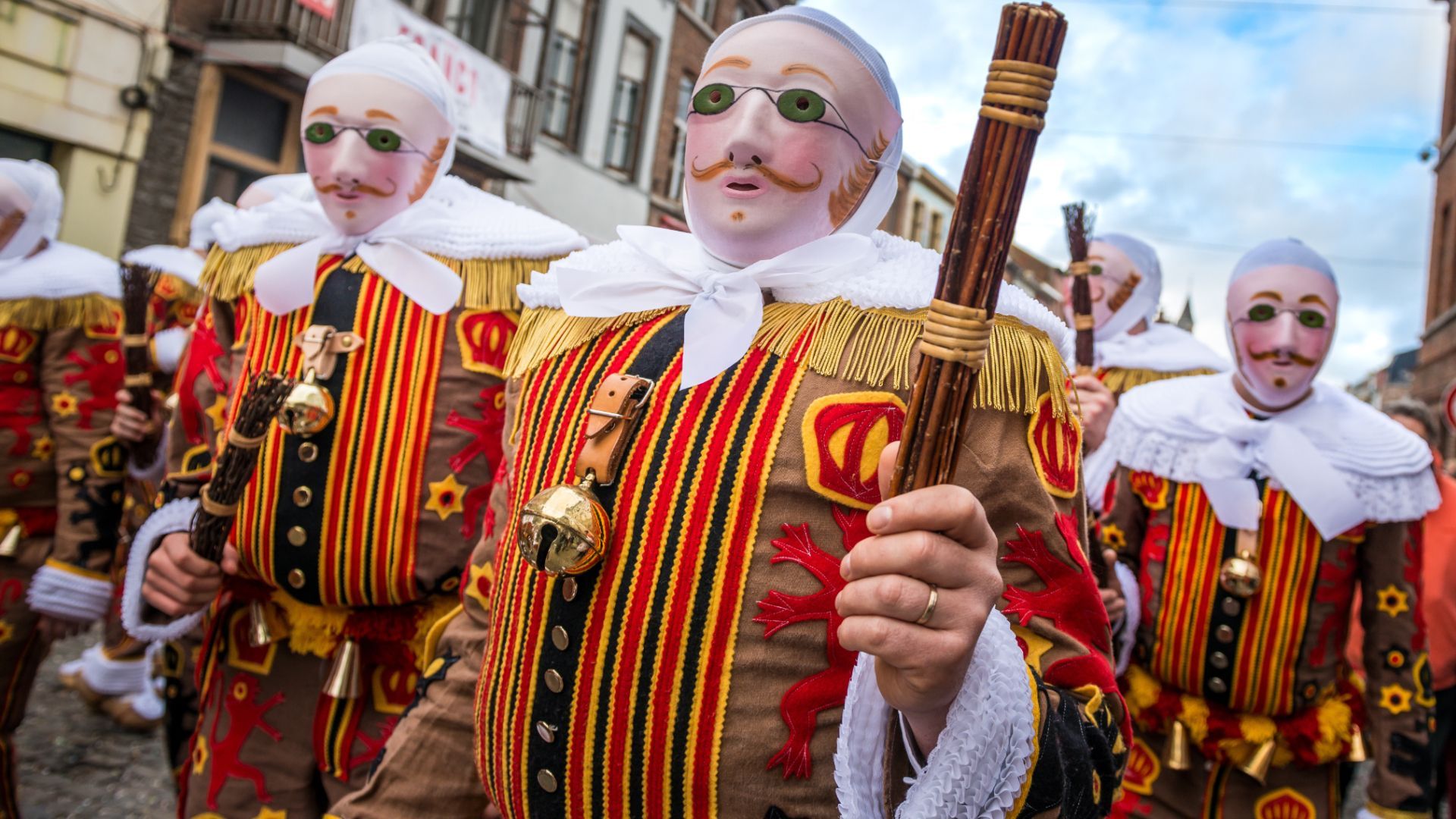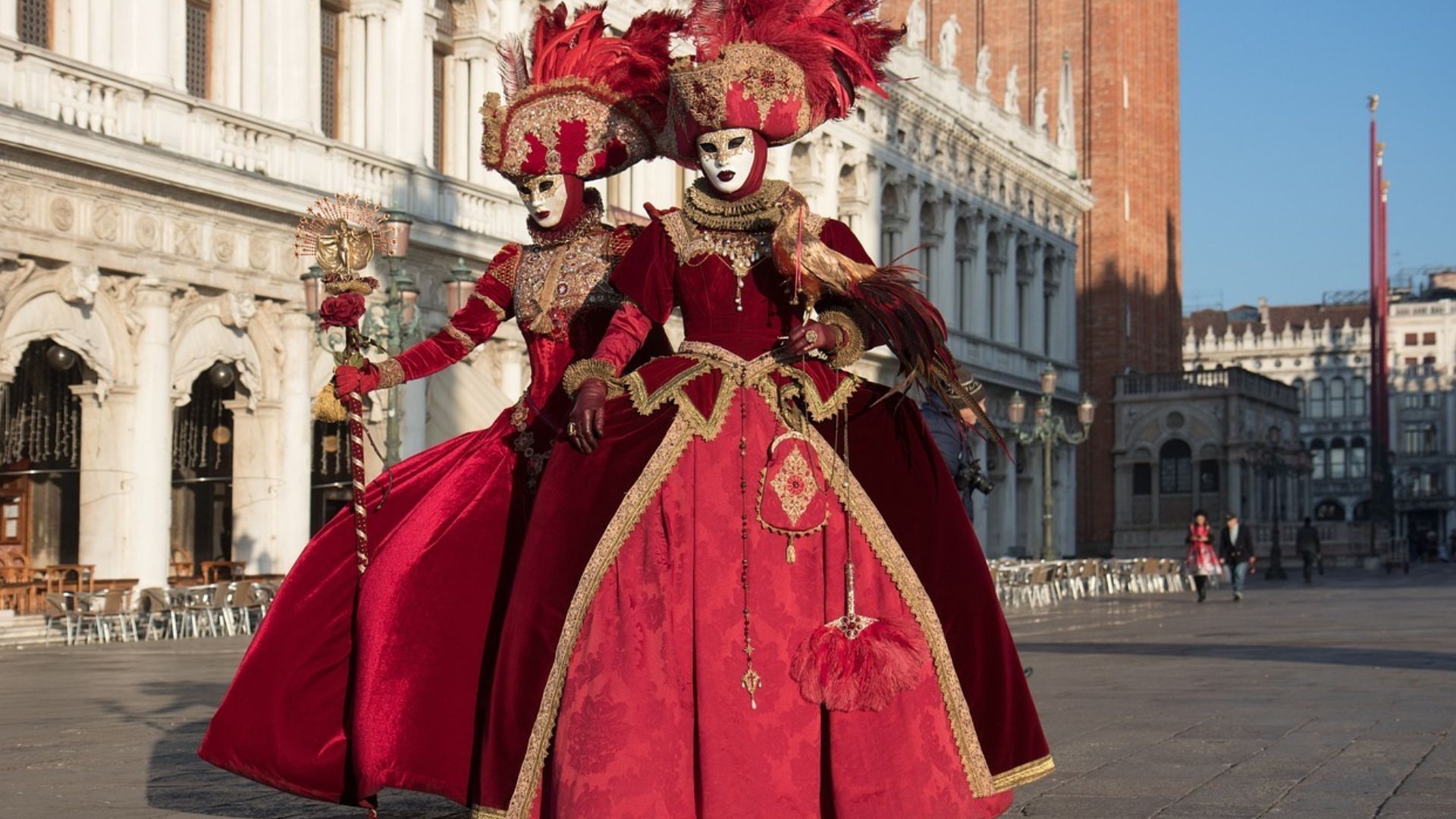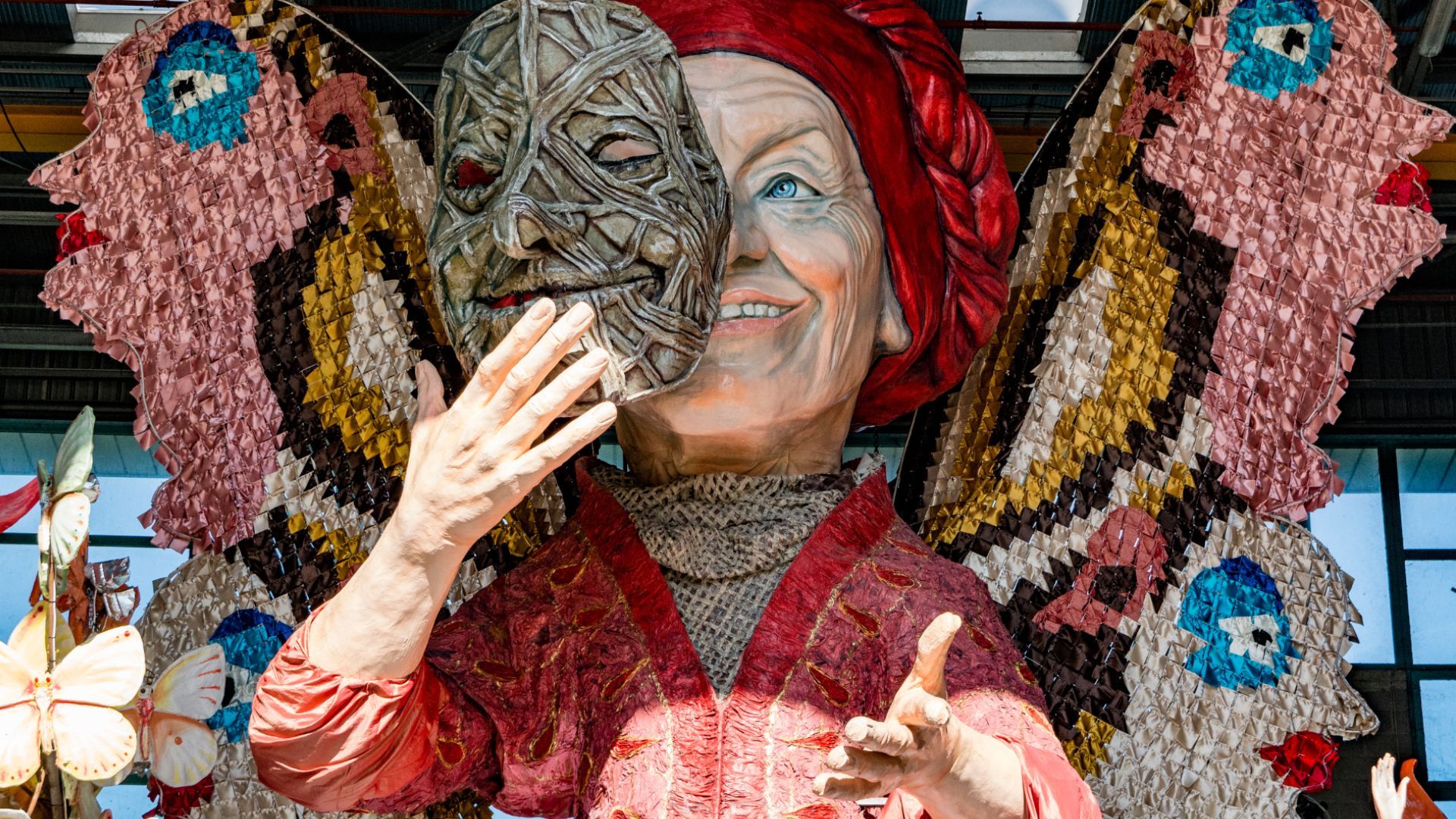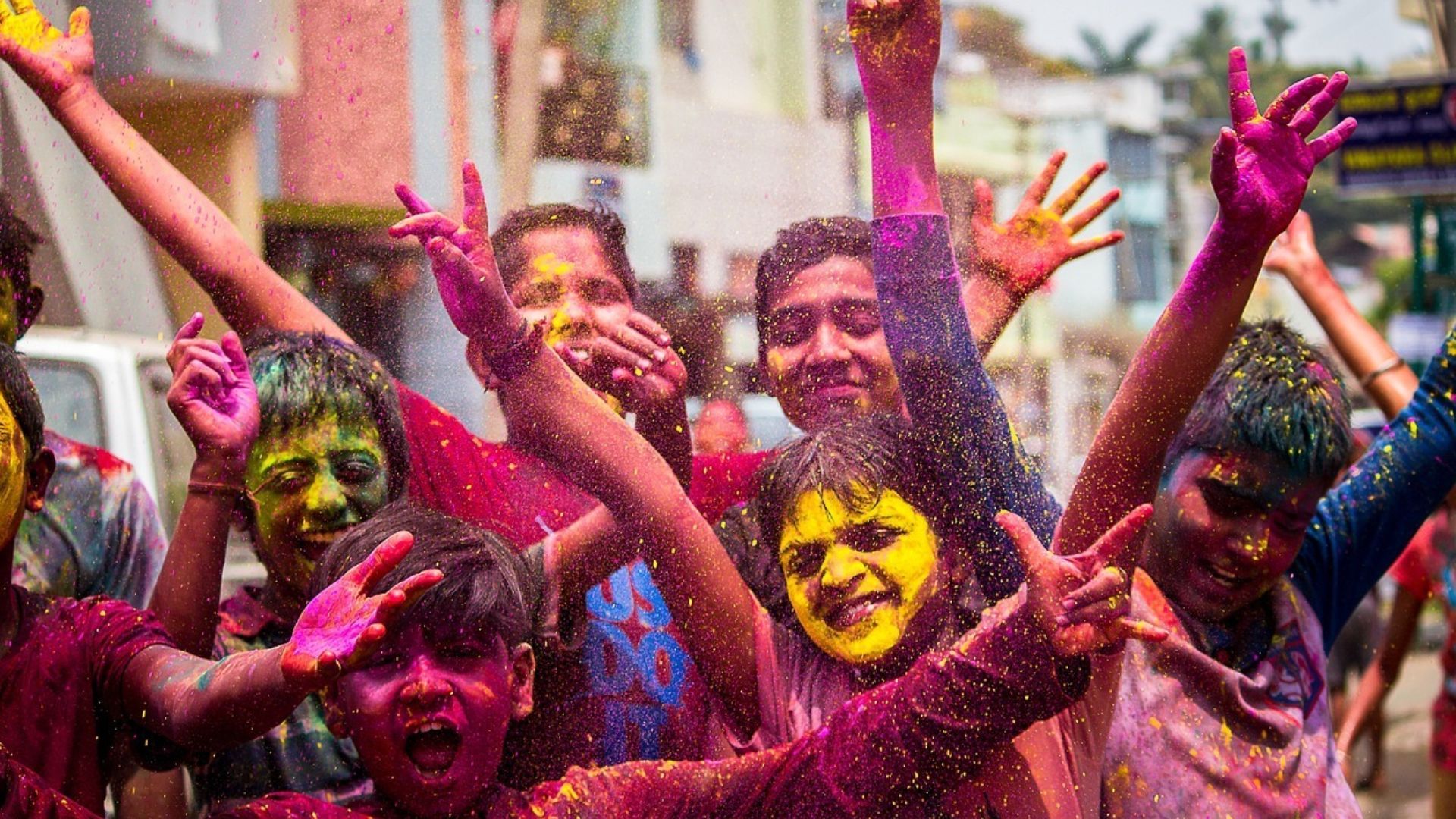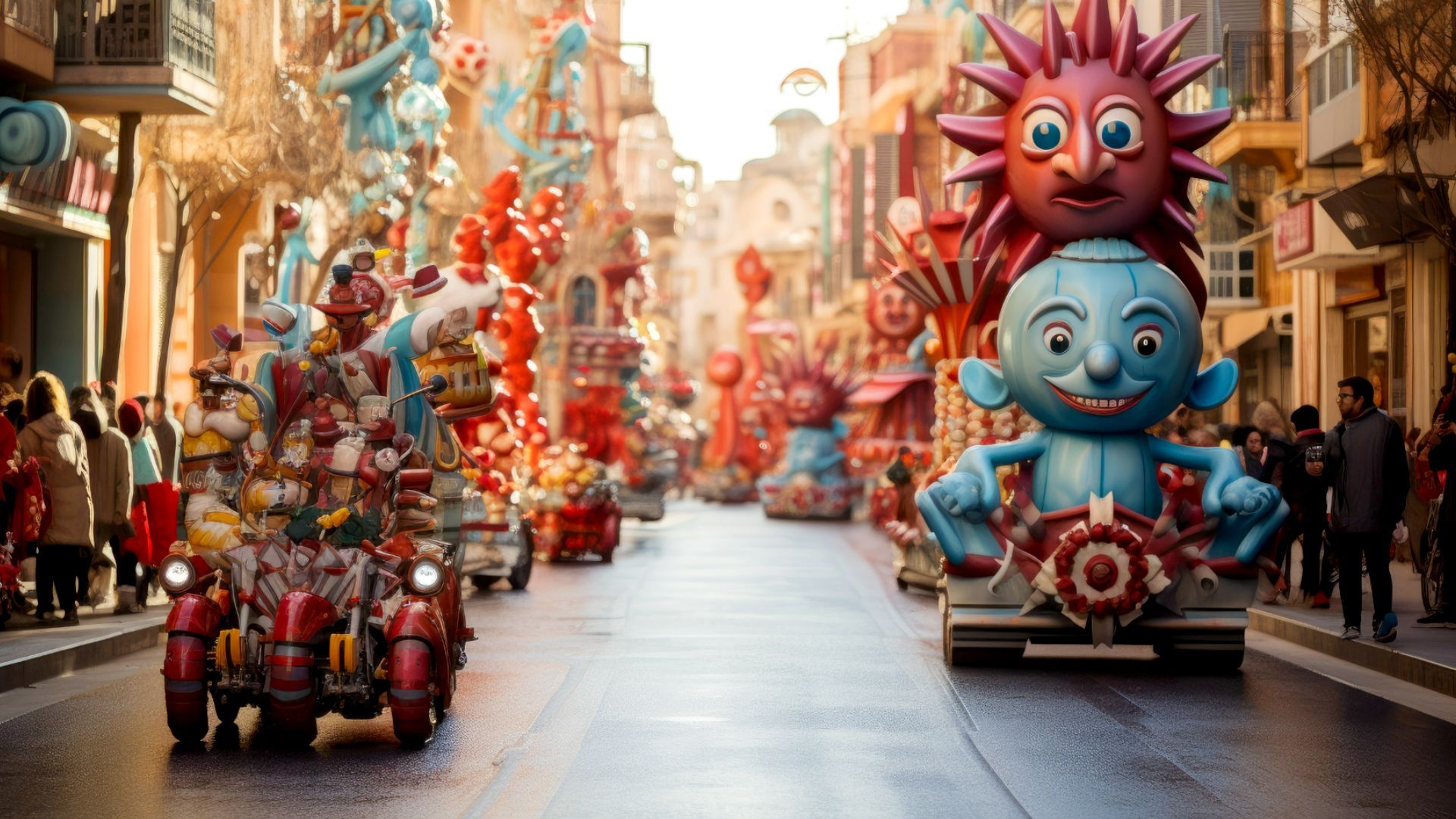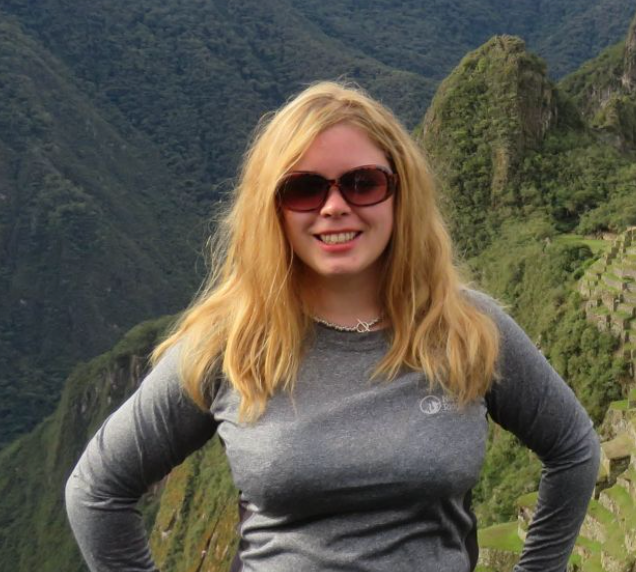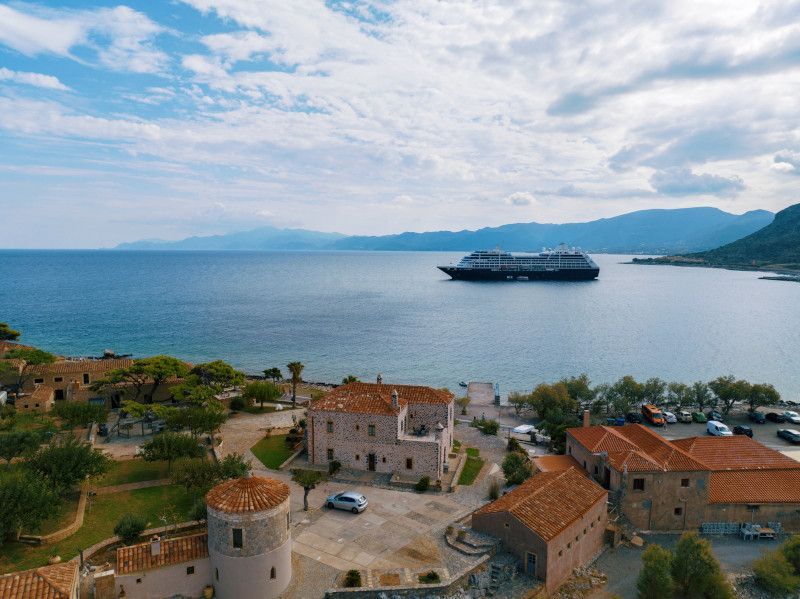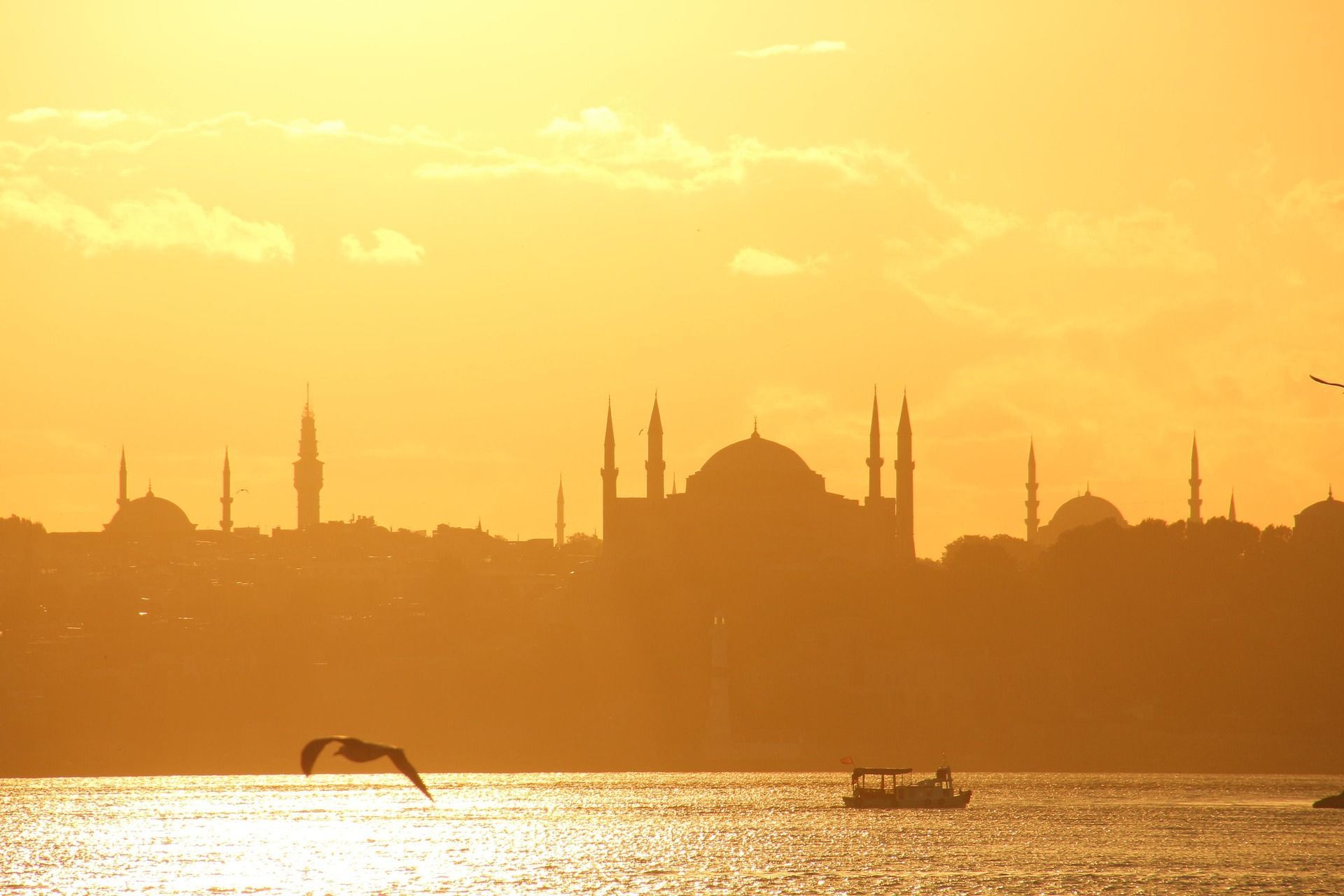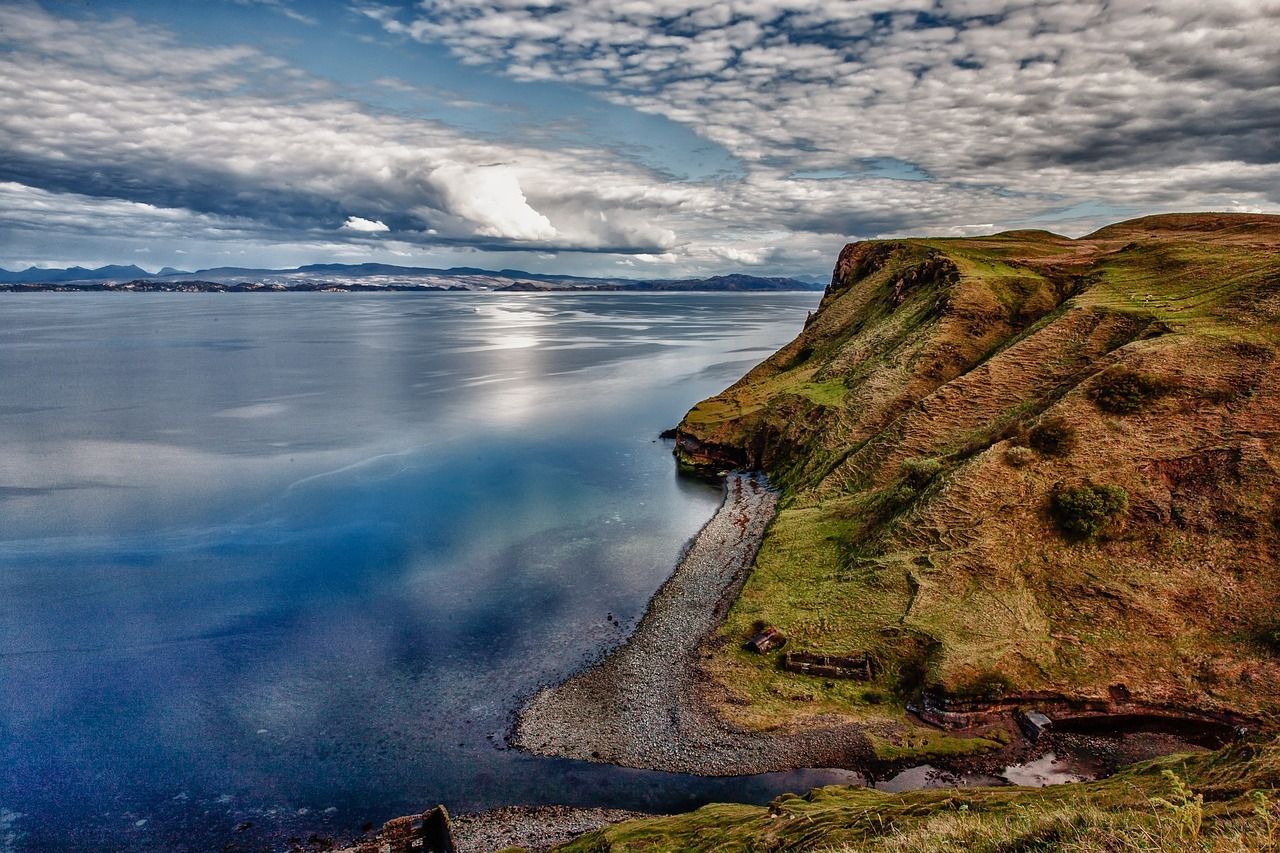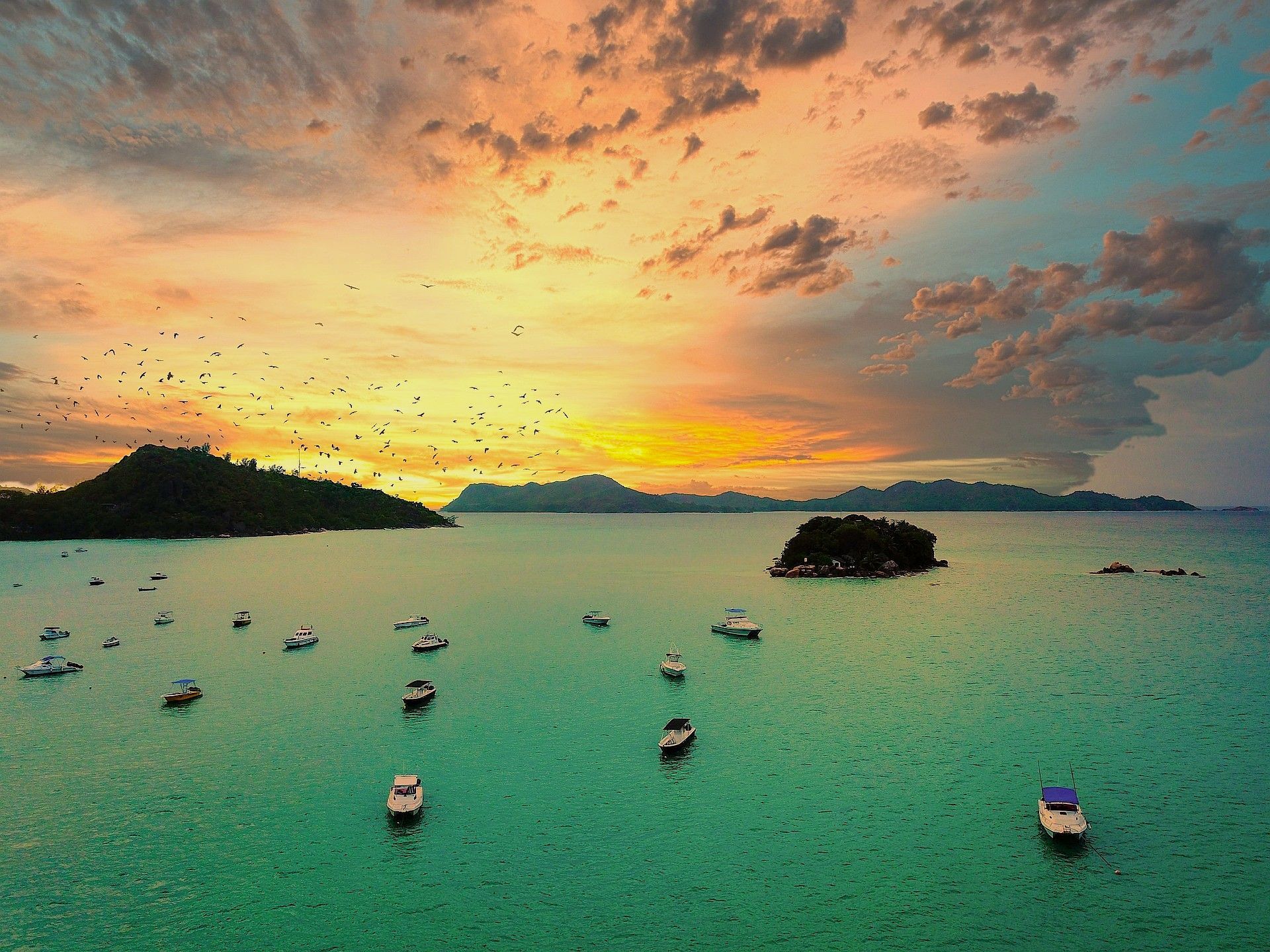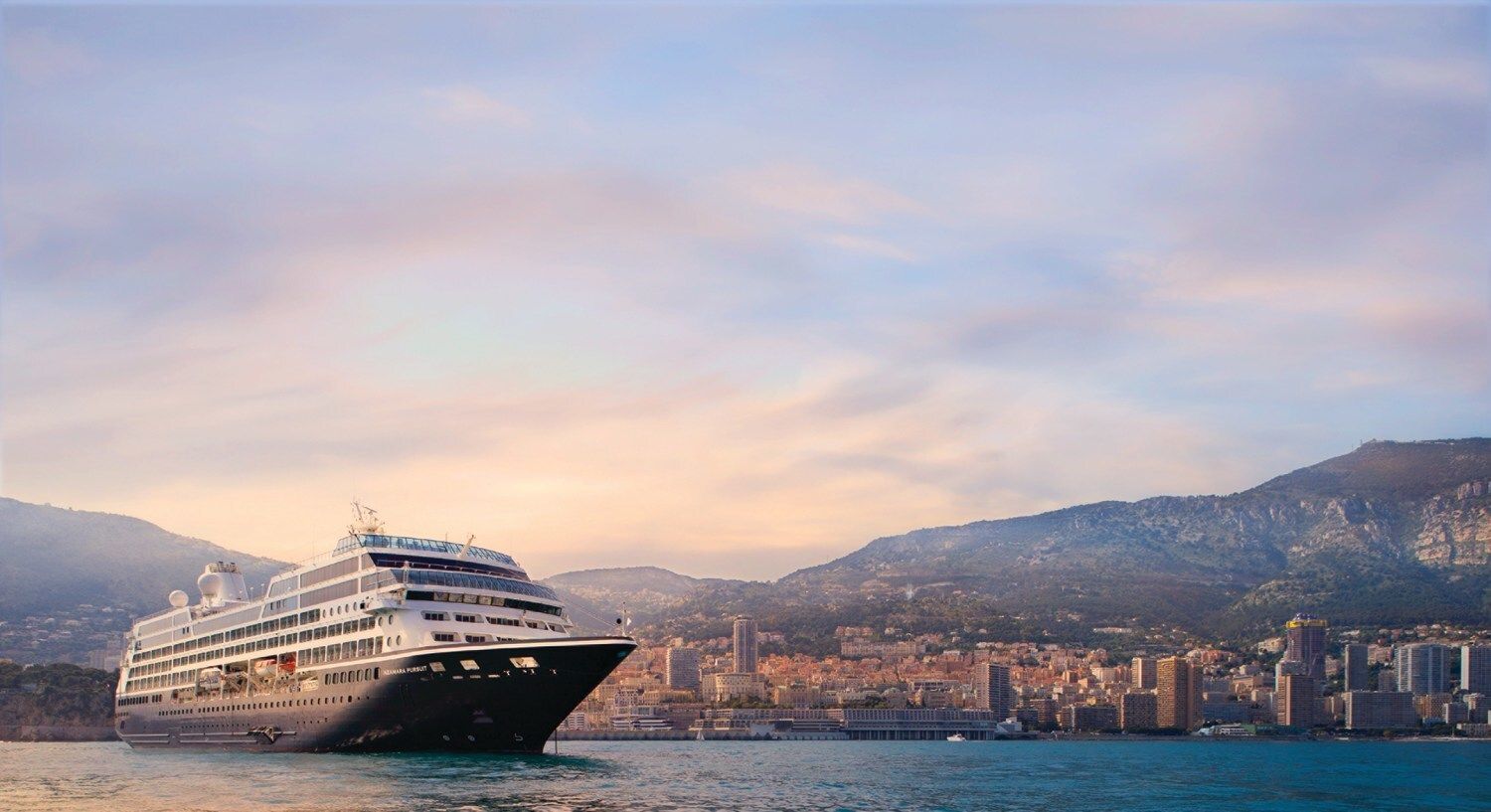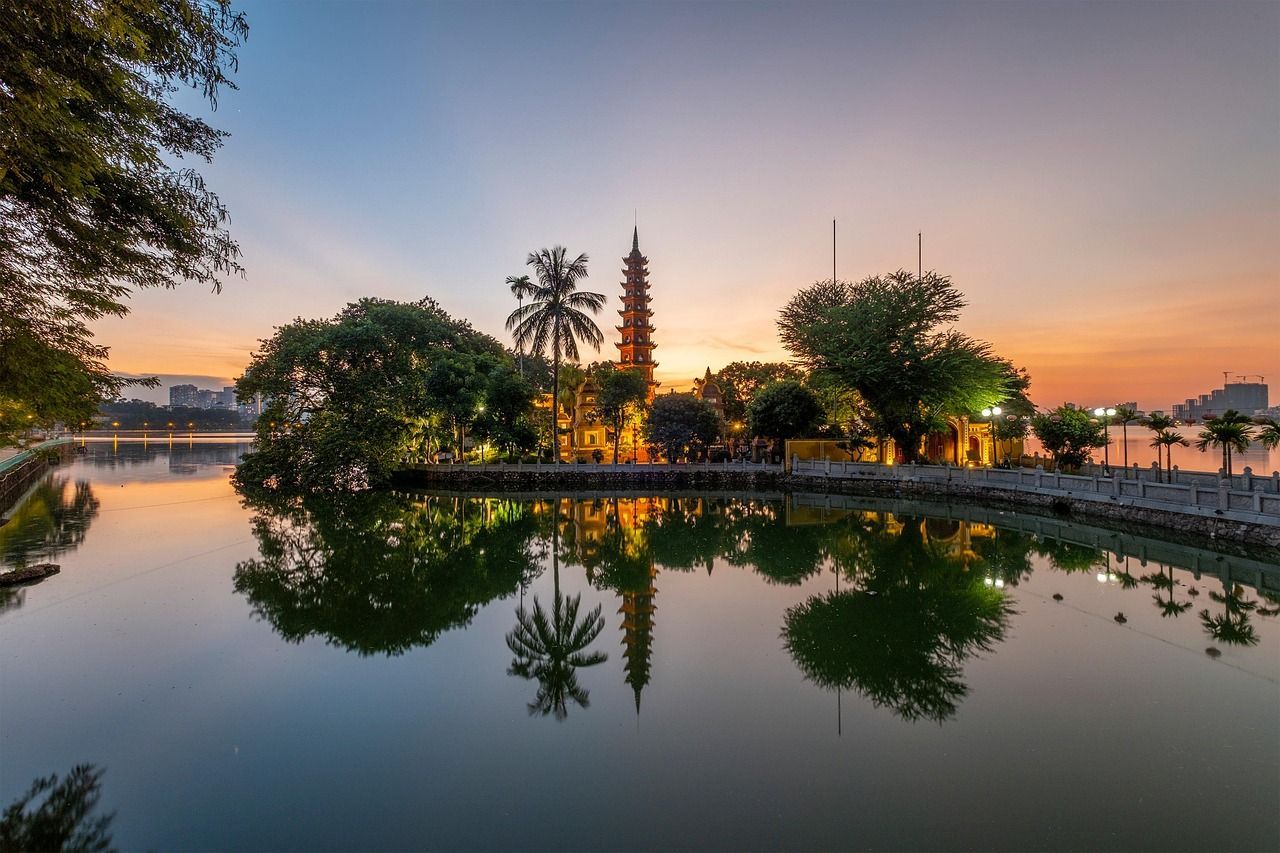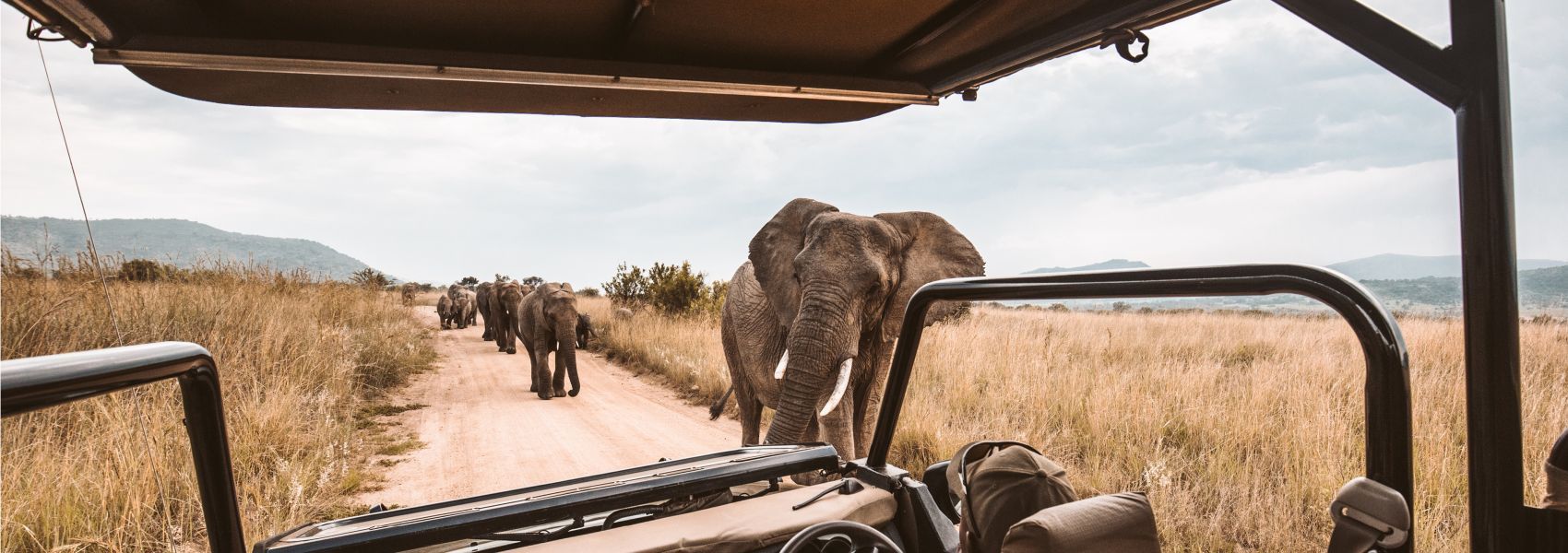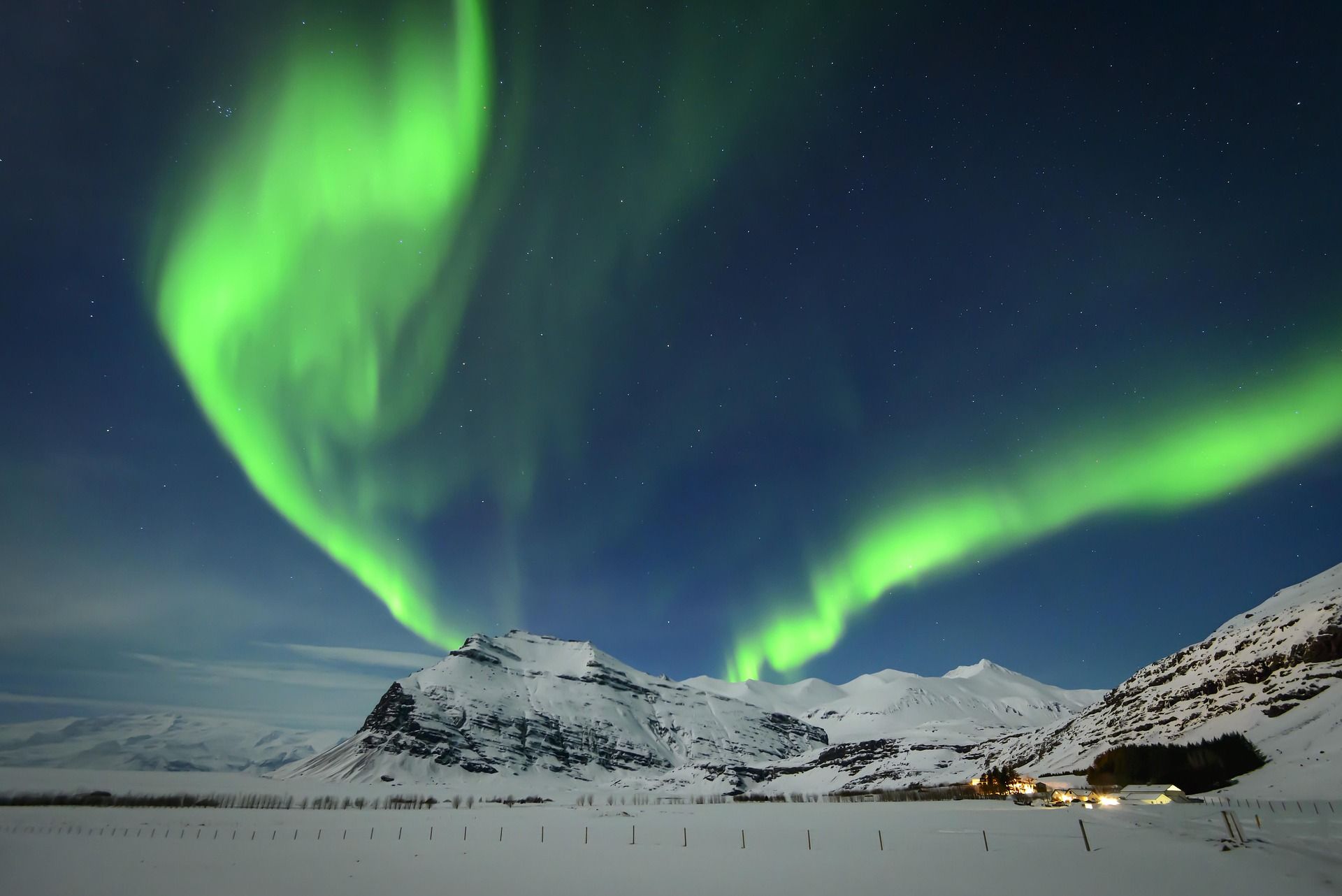World Festivals in January–March:
Where to Celebrate Early in the Year
Would you believe that each year starts with fire and ice in two, admittedly, very different places? There are so many wonderful, wacky, traditional, and colourful festivals to celebrate each year, from beer-can regattas and dog parades, to celebrating traditional culture and (throwing) food.
There are many carnivals and festivals leading up to the Christian period of Lent, and many marking New Years for different religions and calendars; other festivals remember the dead, or celebrate independence or commemorate military victories.
Some have roots deep in tradition and religion, while others are more recent and less symbolic. The first part of our guide to fabulous festivals and colourful carnivals across the world looks at festivals held in the months of January to March, as many people celebrate new years, and look forward to the upcoming spring…
WORLD FESTIVALS IN JANUARY
January kicks off with two captivating festivals that set the tone for the new year in unique ways. The contrast couldn't be more striking: one festival full of fiery celebrations of a cherished local tradition, while the other embraces an icy atmosphere, attracting visitors from around the world with its amazing ice sculptures that have transformed it into an international event. Both festivals are visually arresting, of course, but they are also testimony to the creativity and cultural life of the communities that host them. It’s a promising start to the year for the world’s festival calendar.
Up Helly Aa, Scotland
Shetland, Scotland
marks the end of the yule season with a variety of fire festivals held on the last Tuesday in January, known as Up Helly Aa
, which involves a procession of up to a thousand guizers in Lerwick (and considerably lower numbers in the more rural festivals), formed into squads which march through the town or village in themed costumes. Each squad is led by the Guizer Jarl, the principal character in the celebration, who takes the name of a figure in Norse legend.
The current Lerwick celebration derives from the older yule tradition of tar barrelling, where squads of young men would drag barrels of burning tar through town on sledges causing mischief between Christmas and New Year, until tar barrelling was abolished around 1874-1880. Eventually, permission for torch processions was obtained, and the first yule torch procession took place in 1876. Today, the procession culminates in the torches being thrown into a replica Viking longship or galley.
Harbin International Ice and Snow Sculpture Festival, China
In China, the annual
Harbin International Ice and Snow Sculpture Festival has grown from an initially Chinese festival into an international festival and competition featuring the world’s biggest ice sculptures.
As Harbin is situated in northeast China and received a cold winter wind from Siberia, averaging -16.8°C in winter, it is ideal for such an icy festival! Originating in Harbin’s traditional ice lantern show and winter garden party, which began in 1963, the festival was interrupted for a number of years during China’s Cultural Revolution, before being resumed when an annual event at Zhaolin Park was announced on 5 January 1985.
In 2001, the Harbin Ice Festival merged with Heilongjiang’s International Ski Festival, and since then has been known as the Harbin International Ice and Snow Sculpture Festival. Officially beginning on 5 January each year and lasting a month, some exhibits open earlier and stay longer (weather permitting). The two main exhibition areas are Sun Island, a recreational area opposite the city across the Songhua River, featuring an expo of enormous snow sculptures, and Ice and Snow World which is open at night, featuring illuminated full-size buildings made from blocks of 2-3’ thick ice taken from the Songhua River.
As well as admiring the ice sculptures, during the festival ice lantern park touring activities and other winter activities can be enjoyed, such as Yabuli alpine skiing, winter-swimming in the Songhua River (for the exceptionally brave and hardy!), and the ice-lantern exhibition in Zhaolin Garden.
WORLD FESTIVALS IN FEBRUARY
Marking New Year for some countries, and (depending on when Easter falls) the beginning of the Lent period for Christians, February can be a big festival month.
Chinese New Year
Loud firecrackers, drums, cymbals crash and fireworks and burning bamboo sticks blaze to mark the
Chinese New Year in the Gregorian month of February. These celebrations, on both mainland
China and
Hong Kong , are deeply rooted in folklore: dating far back to ancient times, the mythical animal Nian would awake from a year’s slumber to attack villages each New Year’s Eve until, one year, Nian came across several buffalo boys in one village engaging in a whip-cracking competition. The explosive sounds frightened Nian so much it fled to another village, where it came across a line of bright red clothes hanging to dry, further frightening it! Yet again fleeing in terror to a third village, Nian was further horrified to peek into the crack of a door to find a bright burning candle, which made it feel dizzy and frenzied. For thousands of years since this legend, this Chinese have continued to
hang huge crimson-coloured lanterns to scare away Nian, and crash cymbals and drums , and
use firecrackers , and
burn bamboo sticks and fireworks .
But
Chinese New Year
is also a rejoicing of economic vitality and renewal, looking forward to the auspicious time of year for the upcoming planting and harvest, as well as being a time for family, with
traditional feasting
on sweet soup with dumplings, fish balls, noodles and fried cakes, and to pass little red envelopes from the elders to the young ones; gifts for the New Year.
In Hong Kong, many go to see a fortune-teller on New Year’s Day , and there’s even a two-week Well-Wishing festival at Lam Tsuen in Tai Po where people jot down their wishes on a piece of paper, tie it to an orange and throw it up an artificial tree; the higher the fruit lands on the tree, the more likely it is that the wish will come true!
Lantern Festival
The
Lantern Festival is celebrated on the fifteenth day of the first month in the lunar-solar year, marking the last day of the lunar New Year celebration, and is usually in February or March in the Gregorian calendar. During the Lantern Festival,
children go out at night to temples carrying paper lanterns with riddles on to solve .
Although today, lanterns have been embellished with more complex designs (some are even made in the shape of animals!), traditionally, lanterns were fairly simple and only the Emperor and noblemen had large, ornate lanterns. The lanterns symbolize people letting go of their past selves and getting new ones, and are almost always red to symbolize good fortune.
There are many different legends about the origin of the Lantern Festival, from the birthday of the Taoist god responsible for good fortune, to a village trying to fool the Jade Emperor to prevent him destroying their village in revenge for killing his favourite crane, and another which sees a maid named Yuan-Xiao ultimately reunited with her family.
Interested in taking a holiday to China? Use our
contact form to get in touch
Losar, Nepal
Another New Year celebration to be witnessed and enjoyed each February is the
Nepalese
Losar ; an unforgettable opportunity to see the people of
Nepal at their happiest, and a chance to
hear the Dalai Lama speak . Enjoy
guthuk , a
traditional noodle soup made with meat, cheese, radish, noodles, and containing dumpling-like dough balls which are either fortuitous or foreboding (depending on what’s been baked inside), which is eaten on New Year’s Eve.
Although locals are forbidden from leaving their houses to spend time with friends on the first day of Losar, Buddhists are required to go out to spend time with others in the community; cries of
Tashi delek!
will be heard as people wish each other happy new year.
Highlights of the celebration of Losar include the Dalai Lama giving a speech and leading other high monks in prayers, rituals, ceremonies and processions around Boudhanath Stupa , a monumental temple built in the 14
th century only three miles outside Kathmandu proper, but easily accessible by taxis readily available.
Once the religious obligations are met, dressed in their finest clothing, the townspeople decorate the temple and the rest of the city with colourful things , including strings of prayer flags, and the area is swathed with satin and woven garb. Exchanging gifts – such as sweet rice with dry fruits or fabrics to be draped around the neck – and passing around
changkol , a type of rice wine is part of the festivities; it is believed that drinking alcohol during Losar symbolises the desire and intention to be bolder in the new year.
Dough balls hiding little items inside – like coal or wool – are exchanged: if you receive something white, look forward to twelve months of good luck, but if it’s something black, you’re not so lucky! When the sun goes down, dancers twirling lit torches to drive away evil are a sight to behold, with many in-the-know Losar attendees arriving before dawn to ensure a good viewing spot. There’s also nighttime fireworks to enjoy.
If would like to visit Nepal, please
contact us so we can create a tailor-made holiday for you
Jaisalmer Desert Festival, Rajasthan, India
The
Jaisalmer Desert Festival
in
India is not steeped in such tradition; instead this three-day extravaganza originates from a marketing idea by the Rajasthan Tourism Development Corporation to encourage local and overseas tourists to explore the rich and colourful heritage of Rajasthan and its folk culture in a short period of time. Unlike most other Indian festivals, there is no religious aspect. Instead, festival-goers trek across the desert to enjoy such quirky events as the longest moustache contest, turban tying, Miss Moomal and Mr Desert competitions , and a chance to buy woven goods, silver jewellery and black-market items at the bazaar.
Held annually every February in the renowned golden desert city of Jaisalmer, the festival begins with a
ceremonial procession
– the
Shobha Yatra
– where local Rajputs and other clans dress in their traditional attire, and the spectators cheer on as sword-carrying men riding horses, camels and elephants enter the Shahid Poonam Singh Stadium, one of the festival’s main venues.
As it’s a festival in the desert and Jaisalmer camels are particularly noted for their speed and agility, it is little surprise that camels feature heavily at the Jaisalmer Desert Festival: there are camel races, camel polo, camel decoration, and camel dances to be witnessed and enjoyed! As well as the local camels, Rajasthani folk culture is also prominently displayed and celebrated with gair and fire-dancers, involving breath-taking fire stunts where dancers hold flaming rods while spitting kerosene, as well as a chance to relax and bask in the golden desert listening to the sounds of local folk musicians.
After three days of folk festivities, local delicacies, and camels, the festival comes to an end on the third day – corresponding with
Poornima , or full moon in Sanskrit – as the people of Rajasthan sing and dance to lingering ballads telling tales of heroism, romance and tragedy of yore, dress vibrantly and colourful, and fireworks light up the sky and the fort of Jaisalmer.
We can create a tailor-made holiday to India, get in touch via our
contact us form so we can plan your Indian trip,
or view all our
India holidays
Battle of the Oranges, Italy
Although there are many festivals and carnivals leading up to Ash Wednesday, the
Battle of the Oranges, or
Carnevale de Ivrea in
Italy, may correspond with those dates, but instead celebrates the Turin town of Ivrea’s independence from a medieval tyrant , and is, in fact,
one of Italy’s largest food fights .
Legend has it that Ivrea was once ruled by a tyrannical lord some time between the 12 th and 13 th centuries who attempted to rape the daughter of a miller on the eve of her wedding, exercising his
droit du seigneur (right of the lord) to take the virginity of his serfs’ daughters. However, the rebellious young woman decapitated him instead, and the town was set free from his oppression. The townspeople battled against the lord’s henchmen in their horse-drawn carts.
To this day, the
town of Ivrea commemorates this class struggle , and is represented by ‘the lord’s followers’ in carts wearing jesters’ outfits and the ‘commoners’ on foot in sporting uniforms, while the miller’s daughter, Violetta, is portrayed by a woman dressed in white with a crimson-red headdress, throwing yellow flowers and sweets to her admirers.
For centuries participants used to throw beans at each other in battle, but the modern festival involves a battle of oranges, after flirty local girls would drop oranges from a balcony to get the attention of boys they fancied, who would – if the feeling was mutual – reply with an orange of their own.
This festival attracts
nearly 100,000 spectactors (for free)
, with
nine competitive teams of almost 4,000
. Non-participating spectators wear a red hat or head wrap, which is supposed to leave them exempt from a direct hit (although you are liable to be pelted anywhere on the ground in the town’s square!). Unofficially (and technically against the rules), you can join the battle by wandering into the battle zone, removing your red cap, and joining in chucking oranges; officially to be part of the battle, you must be part of a foot-soldier mercenary group, such as the Mercenri, which foreigners are able to join, for a fee.
The carnival takes place the Sunday, Monday and Tuesday (Mardi Gras) before Ash Wednesday , with the battle commencing on Sunday at 2pm.
Prior to the battle commencing, there is a joyous procession the evening before , paying respect to the woman representing Violetta. On Mardi Gras, the festival ends when awards – chosen by judges and by the defenders themselves – are given out to the top-performing teams, and a sword-wielding Violetta watches over a
scarlo , a pole with juniper and heather bushes. A quick-burning
scarlo is fortuitous, while a slow burn is a bad omen for the upcoming year.
During this carnival, enjoy a local delicacy of beans and cured pork –
fagiolate – washed down with red wine (particularly the local spiced wine of
vin brulé , served hot), which can be found in certain parts of Ivrea for free.
Carnival of Binche, Belgium
The throwing of oranges also features heavily in the
Carnival of Binche , although this is not a two-way battle, unlike Ivrea. Taking place annually in the
Belgian town of Binche during the Sunday, Monday and Tuesday preceding Ash Wednesday, the carnival of Binche dates back to the 14 th century.
The build-up begins up to seven weeks prior to the main celebrations with
street performances or prescribed musical acts, dancing and marching, traditionally occurring on the Sundays leading to Ash Wednesday. On the final Sunday, most of Binche’s inhabitants
spend the day in costume , but the highlight is on Shrove Tuesday, with (predominantly male)
clown-like performers known as Gilles , characterised by their vibrant dress, wax masks and wooden footwear, numbering up to 1,000 at any given time and ranging from 3 to 60 years old.
From dawn on the carnival’s final day, Gilles appear in the town centre,
dancing to the sound of drums
and
using sticks to ward off evil spirits
, later donning large hats with ostrich plumes, marching through the town with baskets of oranges which they throw to (or, sometimes, at) members of the crowd watching the procession. As a gift from the Gilles, these oranges are considered good luck, and it is an insult to throw them back.
Fancy going to this festival?
Contact us to see what we can arrange for you!
Venice, Italy & Rio, Brazil Carnivals
The most famous carnivals leading up to Ash Wednesday are, of course,
Carnevale di Venezia (Venice Carnival ), world-famous for its elaborate masks, and
Brazil's
Rio Carnival , considered the largest in the world with two million people per day on the streets!
Dating back to 1723, the Rio Carnival has become an iconic celebration filled with vibrant energy and cultural significance. Participants from various Rio samba schools come together to showcase their elaborate floats, intricate costumes, and impressive dance skills, creating a spectacular parade that mesmerizes spectators.
Among the highlights of the festival are the renowned 'samba queens' who lead the procession with their dazzling presence. In addition to the parade, extravagant balls take place at the prestigious Copacabana Palace and beach, adding an air of glamour to the festivities.
The Rio Carnival is a free-for-all of joyous celebrations where music and dancing take center stage, making it a cultural extravaganza that prioritizes fun and unity over grandeur and formality.
The Venice Carnival dates back to 1162, following the victory of the ‘Serenissima Repubblica’ against the Patriarch of Aquileia, Ulrico di Treven, which led to the people dancing and revelling in San Marco Square. In the Renaissance period, it became an official festival, but was outlawed in 1797 under the rule of the King of Austria, with the use of masks becoming strictly forbidden.
Although the Carnival reappeared for short periods in the 19th century, it was only for private feasts; it was not until 1979 when the Carnival returned to operate.
Another Italian carnival held in the lead-up to Lent, the
Viareggio Carnevale , is one of Europe’s most famous and largest Mardi Gras-style festivals, second only to Venice in Italy. Revellers have been flocking to the Tuscan city of Viareggio to make the most of the festivities since 1873. From the triple cannon shot into the sea announcing the start of the Carnevale parade, revellers enjoy watching lavish floats with huge papier-mâché figures make their way along the Lungomare promenade.
We can provide holidays and cruises to take in the Rio Carnivale and holidays to Italy - just
contact us and we will be in touch, or view all our
Italy holidays
WORLD FESTIVALS IN MARCH
Holi Festival, India
Perhaps one of the most colourful festivals is Holi , the festival of colour or the festival of love, when the streets of
India, Nepal and Sri Lanka become awash with pigment , spring is welcomed in and social barriers are broken down, with everyone getting involved from young to old.
Holi’s colourful beginnings can usually be traced back to the
Hindi legend of Radhu and Krishna
; the dark-skinned Krishna was said to be unhappy with his colouring compared to Radhu’s fair complexion, so his mother balanced matters by having Krishna apply beautiful colours to Radhu’s face.
Celebrated by Hindus, Sikhs, and travellers alike , on the eve of Holi (known as Purnima Day, or full moon), wooden sticks and old furniture are piled and set ablaze in town centres, with offerings of ears of corn, new vegetables, coconuts, butter and flowers thrown into the fire to appease the god Hutashani.
Upon waking on the first day of Holi (which on average lasts three days, but can run up to 16!), on the day called
Parva , cries of ‘Bura no mano, Holi Hai!’ will be heard ringing out (‘Never mind, it’s Holi!’) – this expression exemplifies the atmosphere of Holi, the festival of colours which serves as an equalizer in a system otherwise very conscious of castes, classes and social hierarchies. Although not all class divisions are forgotten, social barriers are relaxed; the face paint acts as Carnival masks, everyone joins in and it’s a happy celebration for all.
Northern India is perhaps the best place to experience Holi – with the most famous and wild celebrations in Rajasthan, Goa, Delhi, Varanasi, Mathura, Manipur and Mumbai – but, it’s wildly celebrated across the world with more local colour runs.
We can create a tailor-made holiday to India and the Holi Festival, get in touch via our
contact us form so we can plan your Indian trip, or view some of our
India holidays
Las Fallas, Spain
From colour to fire, the Spanish city of Valencia celebrates
Las Fallas every March. In a celebration dating back to the medieval practice of torching excess winter supplies in an equivalent to spring cleaning, today this carnival features
effigies dressed up in costumes – typically depicting satirical scenes and current events – which, at the end of the carnival are set ablaze during the grand finale, known as
La Cremá .
While the smaller effigies (
ninot
) are set on fire at 10pm, the larger ones (fallas ) go up in flames in a bonfire closer to midnight. Las Fallas in
Spain is a
cacophony of noise
from 1
st
to 19
th
March with marching bands from around 8am each morning, and blasts of gunpowder echoing across the city daily at 2pm as part of a competition between each neighbourhood to make the loudest and most thunderous show of explosives, known as
La Mascletá.
View all our
Spain holidays or
contact us for more details and information.
If you’re interested in immersing yourself in the fun and festivities of any international carnivals, why not contact one of our dedicated travel specialists today? Use our no-obligation
Contact Us form!
World Festivals


